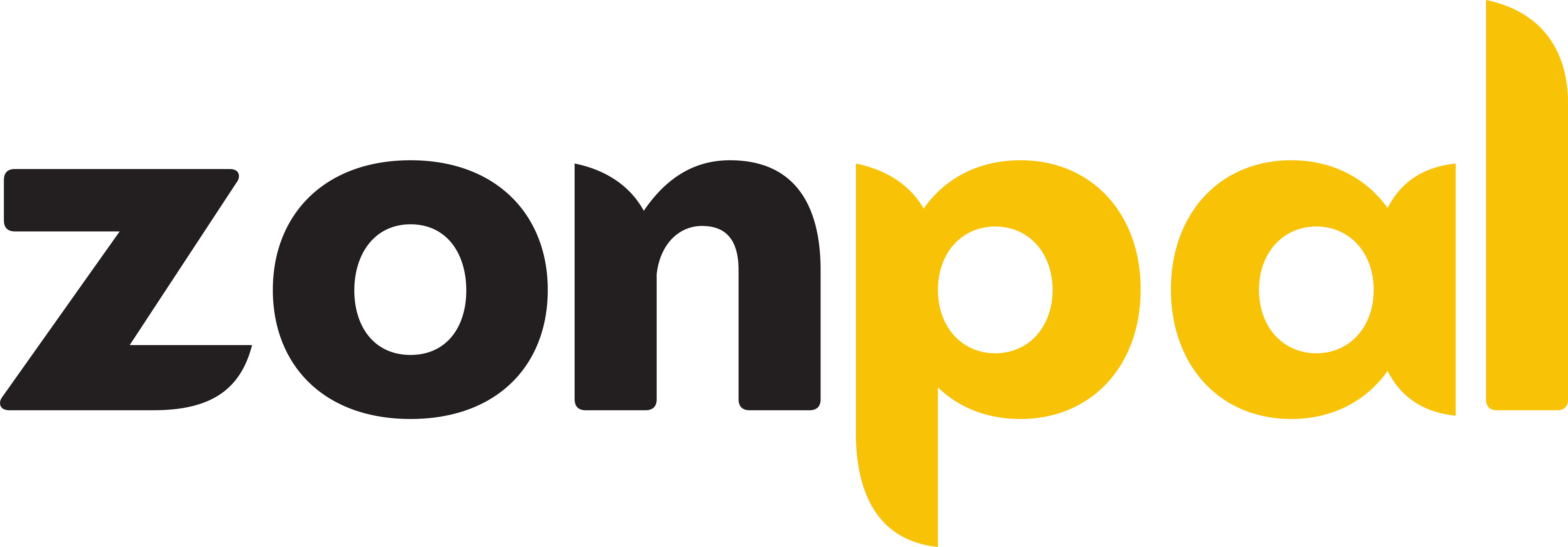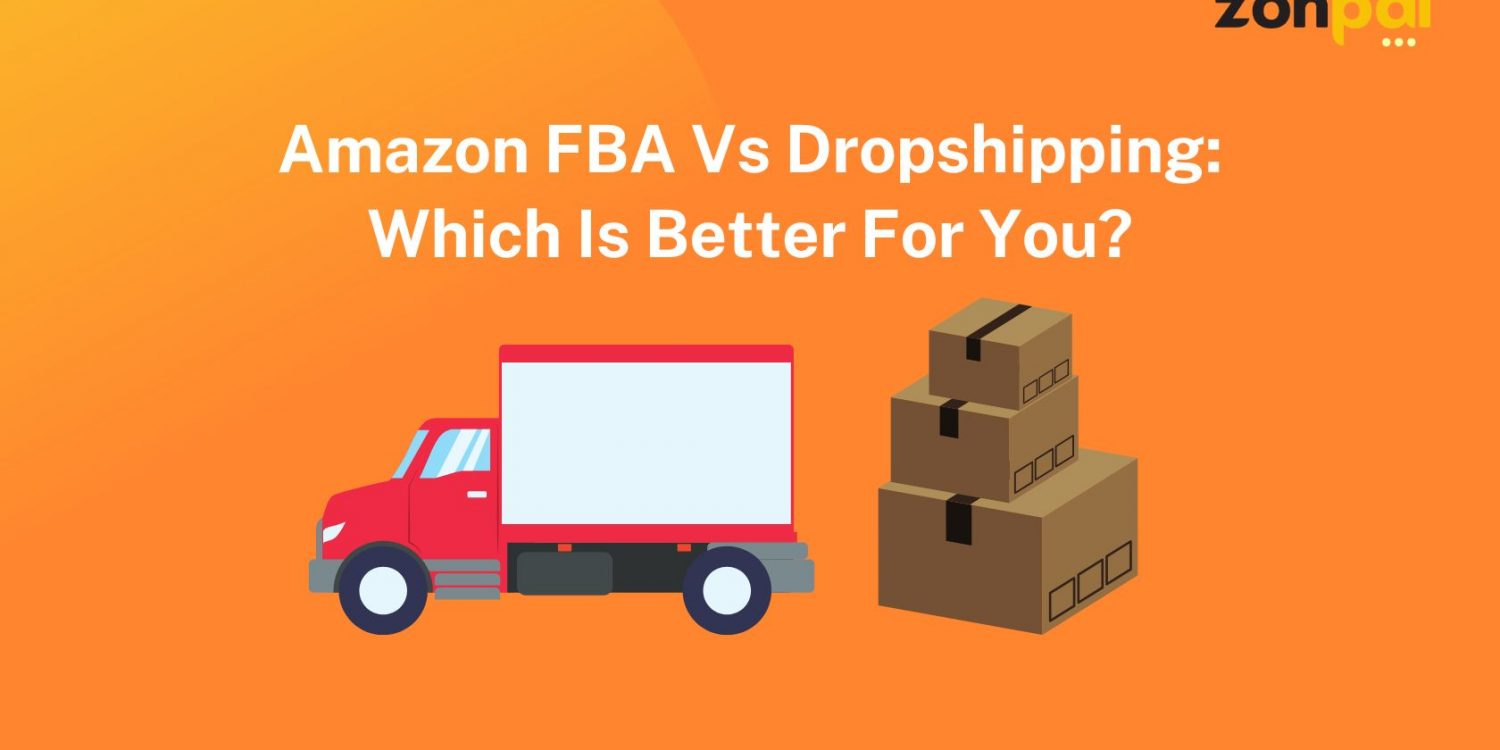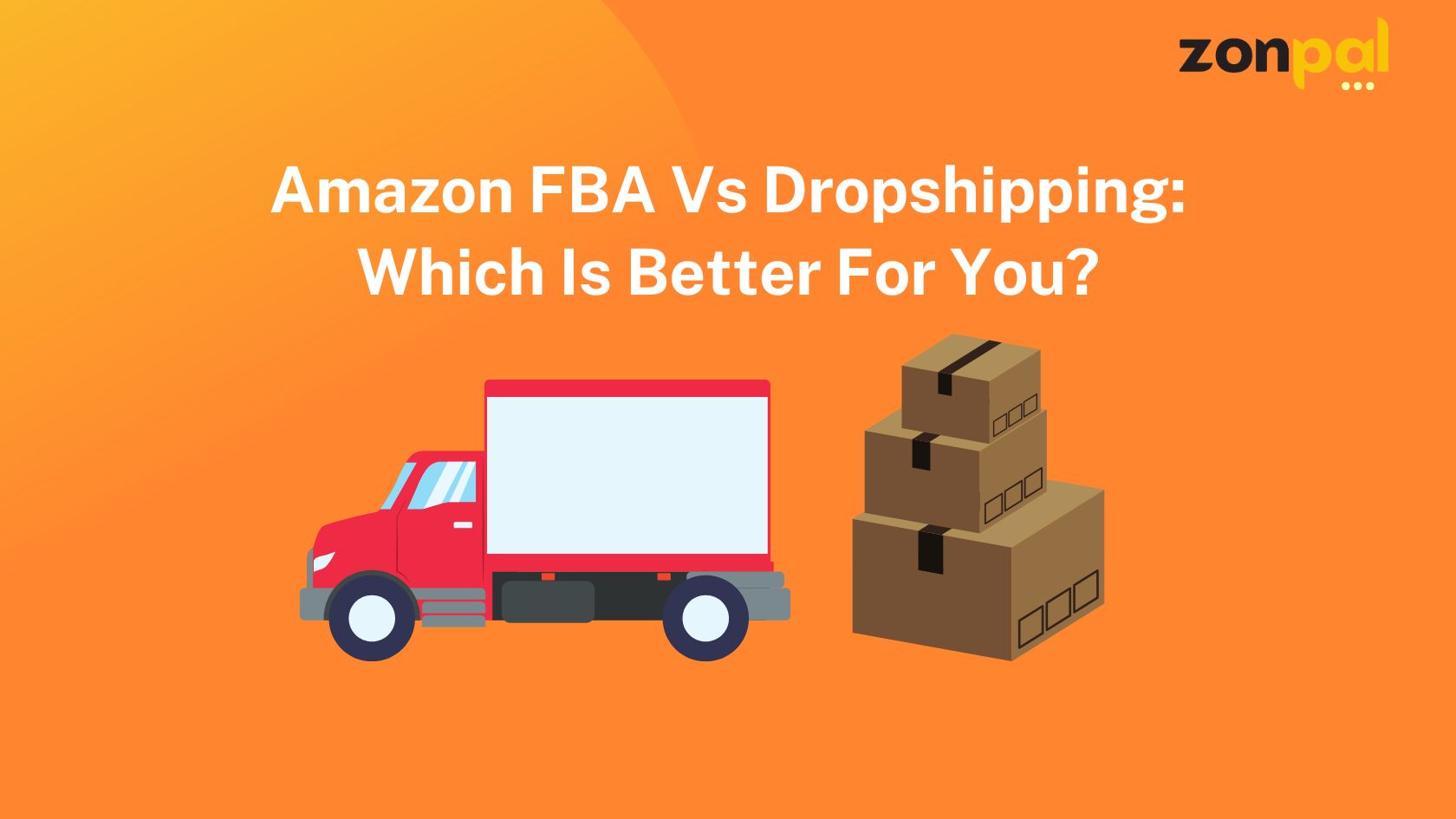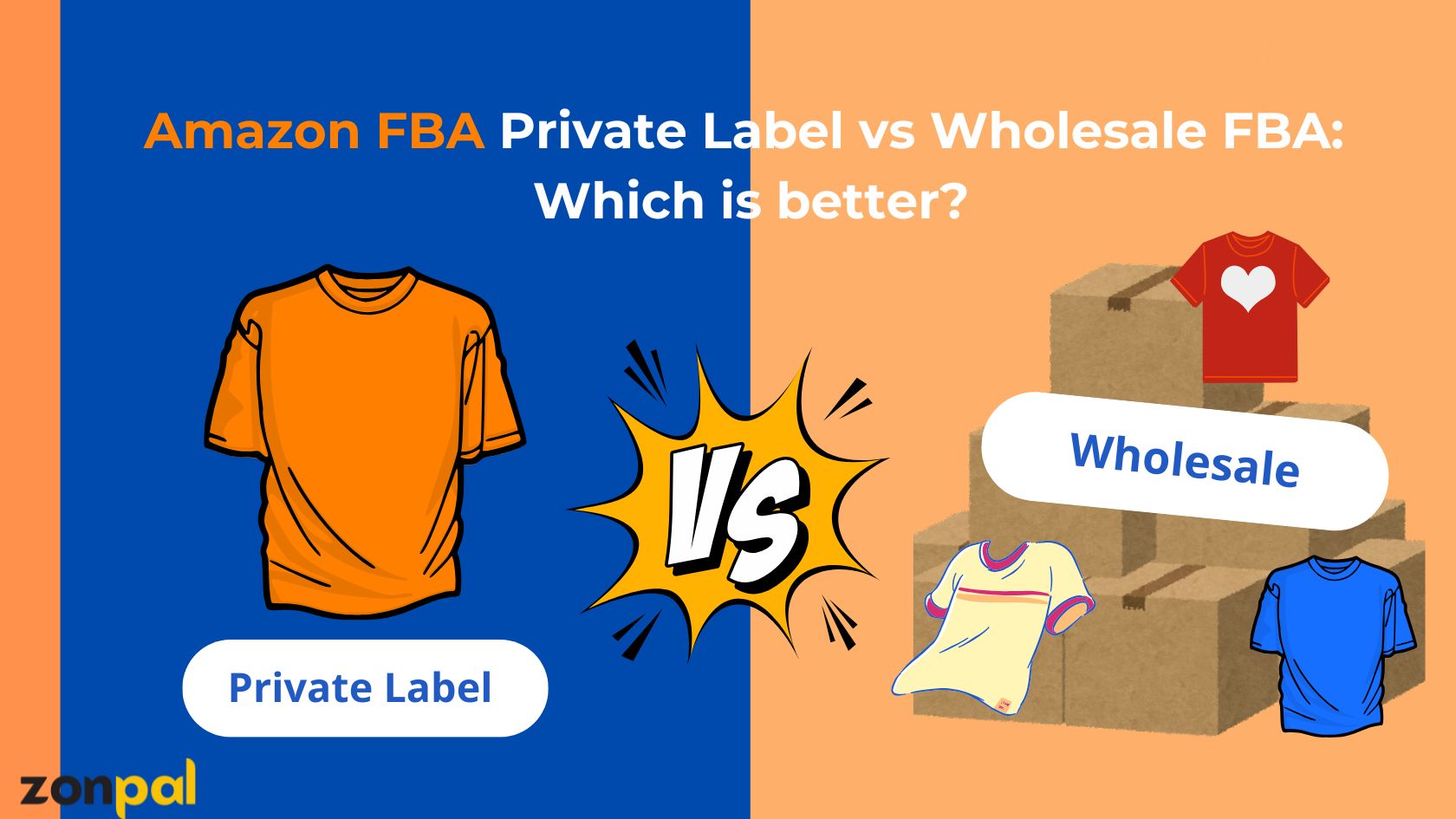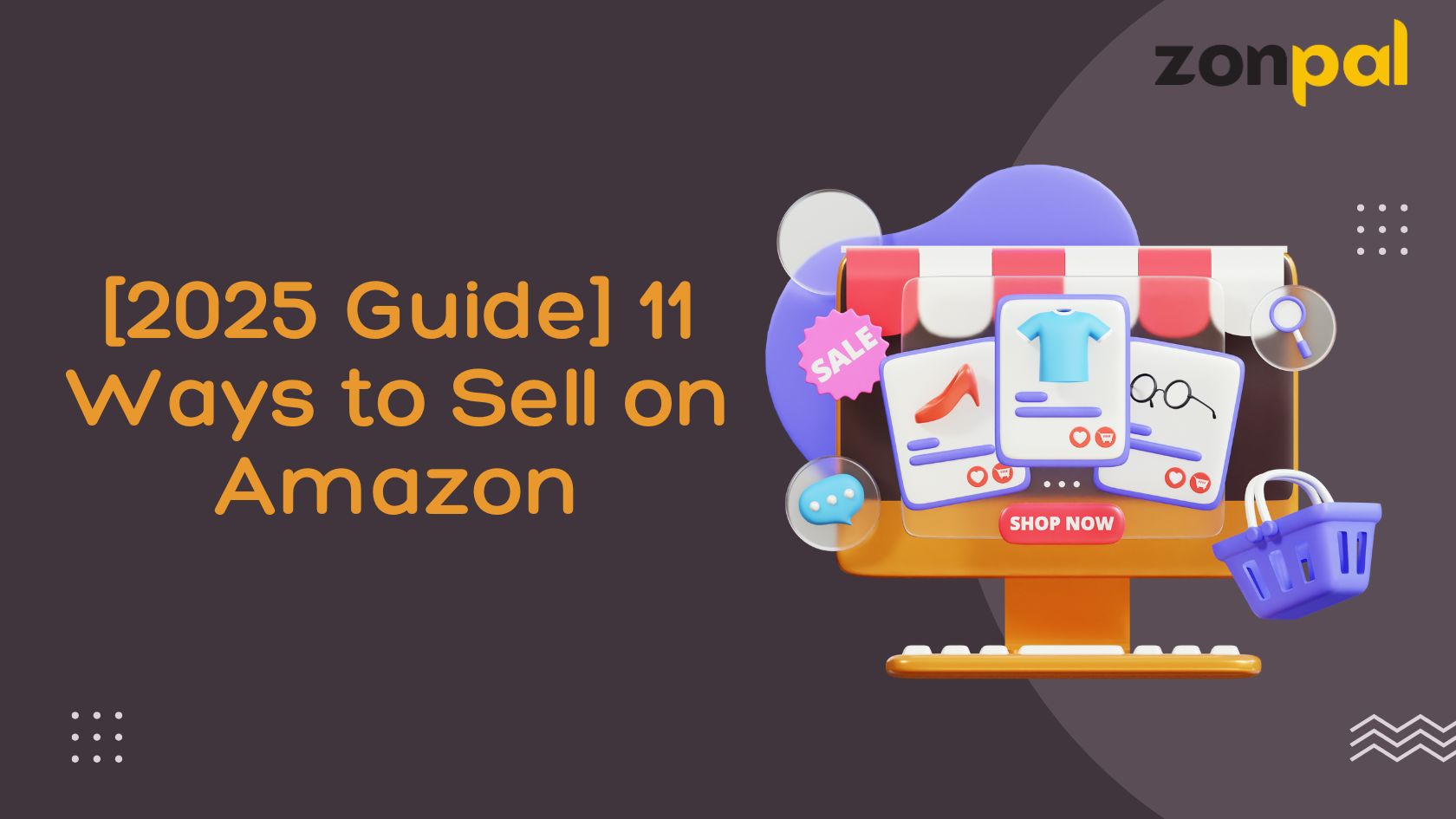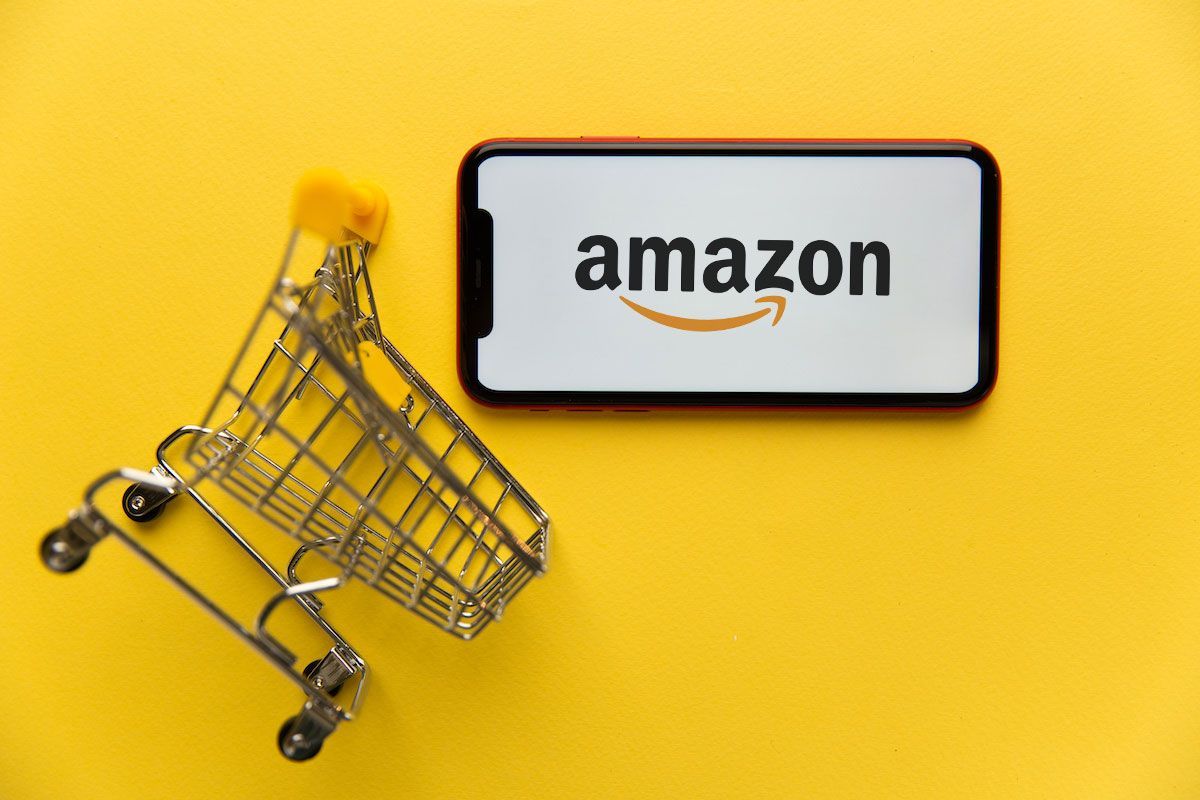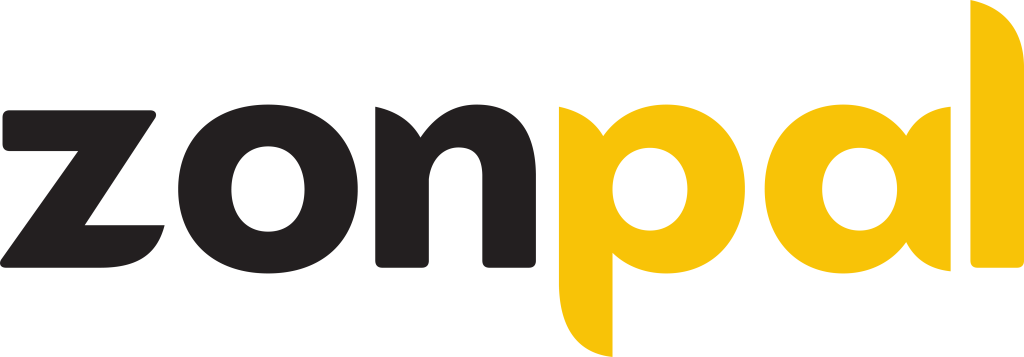Amazon FBA Vs Dropshipping: Which Is Better For You?
The eCommerce industry offers exciting opportunities for entrepreneurs, providing the potential for high income, global expansion, and the flexibility to work from anywhere. However, choosing the right business model is crucial to long-term success.
Two of the most popular models are Amazon FBA vs Dropshipping. Both have transformed how people sell online, offering unique benefits and challenges. But which one aligns best with your goals? Let’s break it down.
What is Dropshipping?
Before comparing Amazon FBA and Dropshipping, it’s essential to understand how each model works. Let’s start with Dropshipping.
Dropshipping is a retail fulfillment method where sellers don’t hold inventory. Instead, when a customer orders, the seller purchases the product from a third-party supplier, who then ships it directly to the buyer. This means sellers don’t have to manage storage, packing, or shipping.
How Dropshipping Works:
- List Products on Your Store: You create an online store and add products without purchasing them upfront.
- Customer Places an Order: A buyer purchases a product from your store.
- You Forward the Order to a Supplier: Instead of shipping the product yourself, you buy it from a supplier.
- Supplier Ships Directly to Customer: The supplier fulfills the order and handles shipping.
- You Earn a Profit: The difference between your selling price and the supplier’s price is your profit.
For example, if you sell a product for $50 and purchase it from a supplier for $30, your profit is $20 per sale. Since you only buy products after receiving payment from customers, Dropshipping requires little to no upfront investment. It’s an attractive option for beginners.
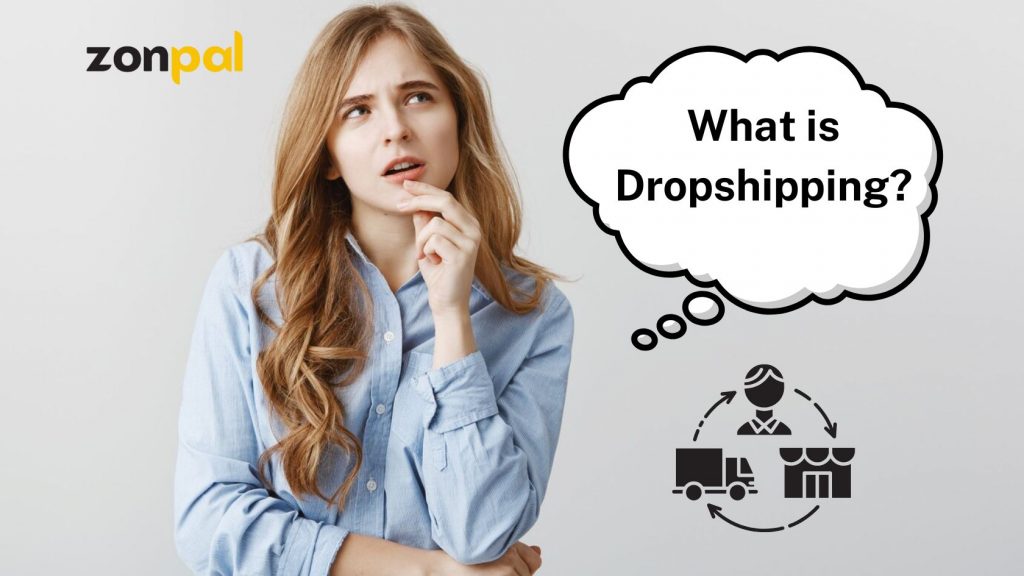
What is Dropshipping?
What is Amazon FBA?
Amazon FBA (Fulfillment by Amazon) is a service that allows sellers to leverage Amazon’s vast logistics network to store, pack, and ship their products. Essentially, it takes the hassle out of order fulfillment, letting sellers focus on growing their business.
With FBA, you can send your inventory to Amazon’s fulfillment centres, and they will handle everything from warehousing to customer service. This means faster shipping time, access to Amazon Prime customers, and fewer operational headaches for sellers.
How Amazon FBA Works:
Send Inventory to Amazon: You purchase inventory in bulk and ship it to Amazon’s warehouse.
- Amazon Stores the Inventory: Amazon takes care of warehousing, ensuring your products are available for Prime shipping.
- Amazon fulfills Orders: When a customer places an order, Amazon picks, packs, and ships it.
- Amazon Handles Customer Service: Returns and customer inquiries are managed by Amazon, reducing your workload.
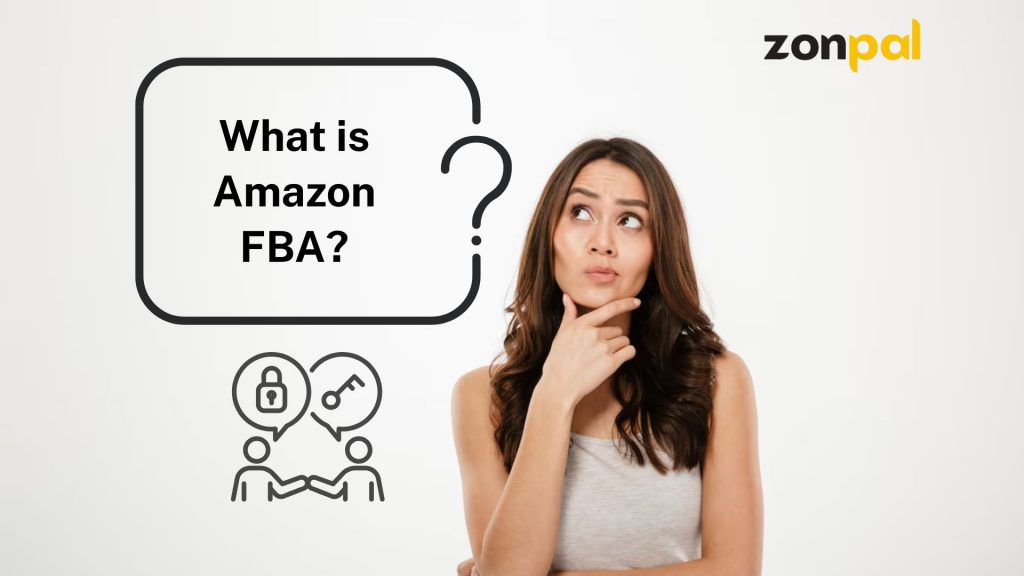
What is Amazon FBA?
Pros and Cons of Amazon FBA vs Dropshipping
Here are some Pros and Cons of Amazon FBA vs Dropshipping that you need to know:
Pros of Amazon FBA
1. Hassle-Free Logistics
Amazon handles storage, packing, shipping, and returns. Sellers ship their inventory to Amazon’s fulfillment centres, and Amazon takes care of the rest. This allows businesses to scale without dealing with warehousing or shipping operations.
2. Prime Shipping Advantage = More Sales
FBA products qualify for Amazon Prime, meaning customers get fast, reliable shipping. Since 200 million+ Prime members prefer Prime-eligible products, this dramatically increases conversions.
Jungle Scout says that Prime-eligible products sell up to three times more than non-FBA items. This is because of Amazon’s fast shipping and reliable fulfillment process.
3. Increased Trust and Buy Box Priority
Amazon prioritizes FBA products in search results and the Buy Box—the section where 82% of sales happen. Customers also trust Amazon’s returns and customer service, which leads to higher purchase confidence.
4. Hands-Off Customer Support
Fact: A seller will avoid spending 10–20 hours per week answering customer emails.
And why?
Because Amazon manages customer service 24/7, handling complaints, refunds, and inquiries at no extra cost. This saves sellers countless hours and allows them to focus on growing their business.
5. Multi-Channel Fulfillment (MCF) Flexibility
Sellers can use Amazon’s fulfillment network to ship orders from Shopify, eBay, or other sales channels. This allows for an omnichannel business without handling separate logistics.
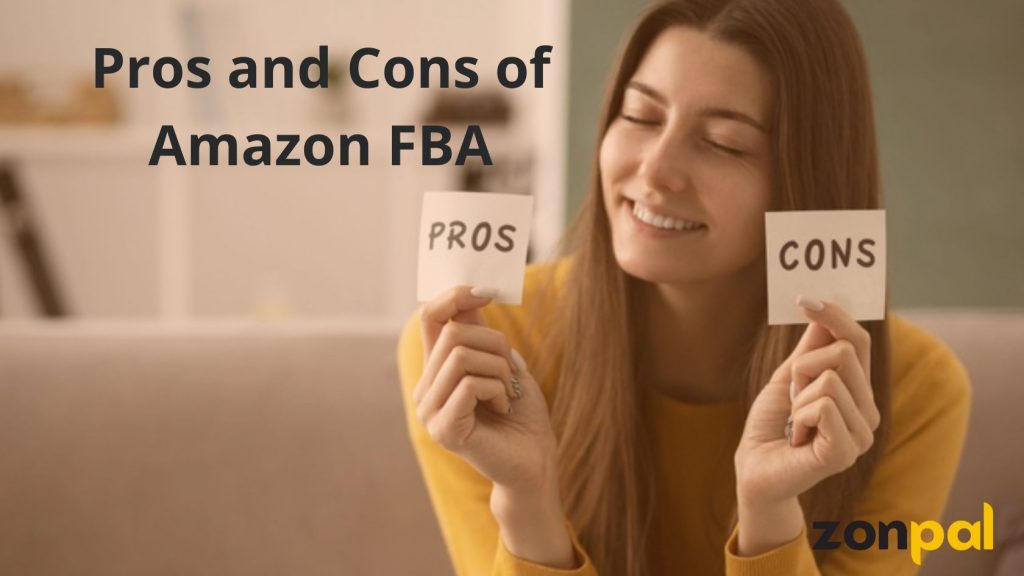
Pros and Cons of Amazon FBA?
Cons of Amazon FBA
1. High Fees Cut into Profits
FBA charges fulfillment, storage, and long-term holding fees, which can make lower-margin products unprofitable.
2. Competitive Marketplace
Amazon is highly competitive with thousands of sellers often listing the same products. This can lead to price wars and lower profit margins.
3. Limited Customer Relationship & Branding
Amazon does not share customer data (emails, contact details). This means it’s harder to build long-term customer loyalty outside Amazon’s platform.
4. Strict Amazon Policies & Account Risk
Amazon can suspend accounts for violations, even small ones. Changes in policies can also affect fees and product eligibility.
5. Storage Fees for Slow-Moving Inventory
Amazon charges extra for products that sit too long in their warehouses. If a product doesn’t sell, the seller either pays high fees or removes stock at an additional cost.
Pros of Dropshipping
1. Low Startup Investment = Minimal Risk
With Dropshipping, there’s no need to buy inventory upfront. Sellers list products first and only purchase stock after making a sale.
2. Flexible Product Testing & Trend Adaptation
Dropshipping allows businesses to test products quickly without committing to bulk purchases. A product can easily be swapped for another if it doesn’t sell.
3. No Warehousing or Logistics Costs
Dropshipping businesses save 60–80% on operational costs compared to traditional eCommerce models. Since suppliers ship directly to customers, sellers don’t need storage space, staff, or shipping operations.
4. Multi-Platform Selling Freedom
Unlike FBA, Dropshipping allows sellers to operate on Amazon, Shopify, eBay, Walmart, and other platforms without restrictions.
5. Location Independence & Scalability
Dropshipping businesses can be managed from anywhere, with suppliers handling order fulfillment. This allows for a flexible work-life balance.
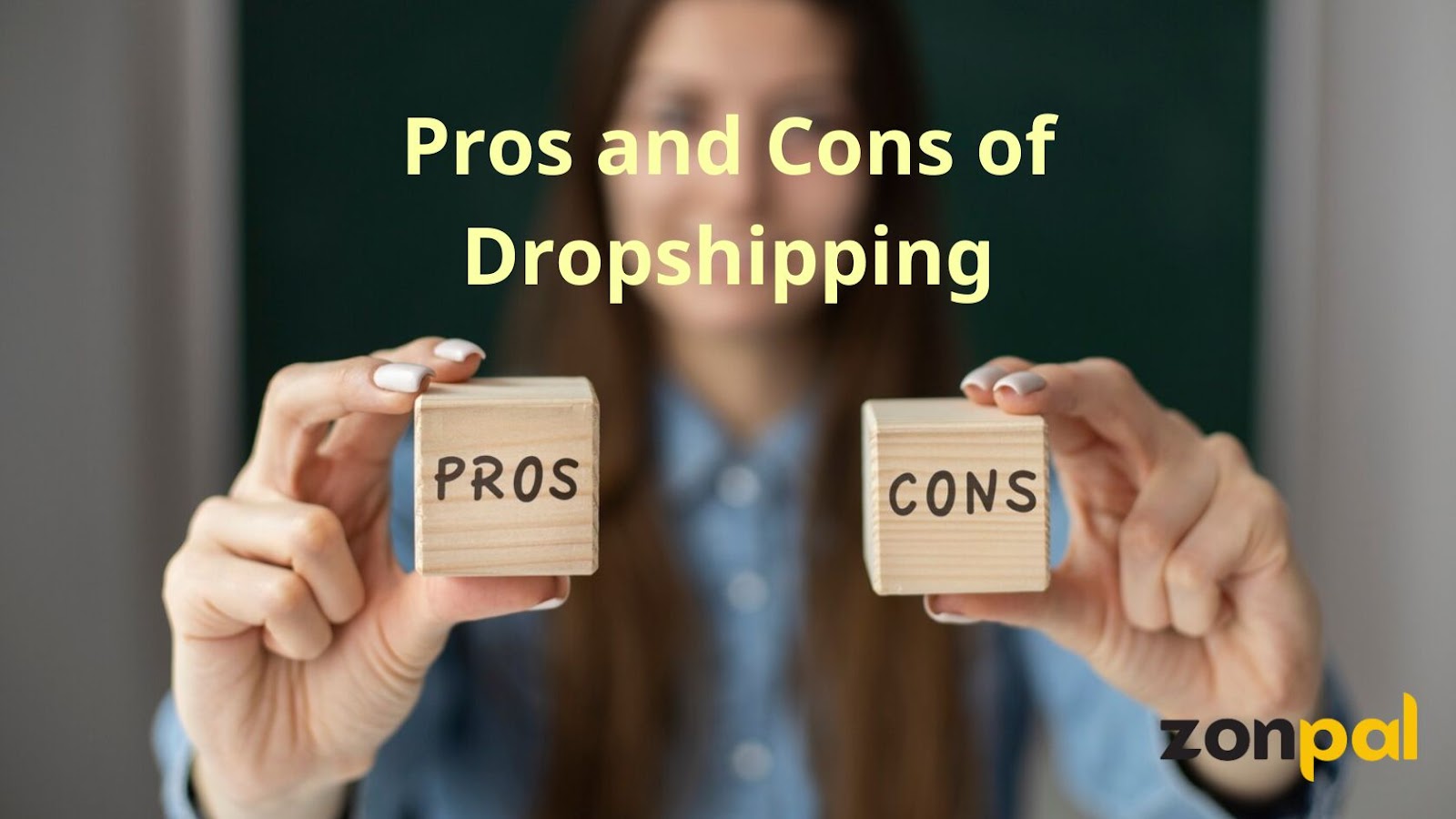
Pros and Cons of Dropshipping
Cons of Dropshipping
1. Lower Profit Margins
Without bulk purchasing power, Dropshipping products often have higher wholesale costs, reducing overall profit margins.
2. Slow Shipping & Unreliable Suppliers
Many Dropshipping suppliers operate from overseas (e.g., China), resulting in 2–4 week delivery time. This can frustrate customers and lead to refunds.
3. Limited Product Control & Quality Issues
Since sellers never see the products, they rely entirely on suppliers for quality and fulfillment. Mistakes lead to bad reviews and lost customers.
4. High Competition & Price Wars
Because Dropshipping is easy to start, thousands of sellers often list the same products, making it hard to stand out.
5. Supplier Dependency & Stock Issues
If a supplier runs out of stock or stops selling a product, sellers must quickly find other options. If they don’t, they may lose sales.
How Is Dropshipping Different From Amazon FBA?
Here are some key differences between Dropshipping vs Amazon FBA you need to know:
| Aspect | Amazon FBA | Dropshipping |
| Inventory Management | Buy in bulk and store in Amazon’s warehouses. | No inventory; the supplier ships directly to customers. |
| Upfront Investment | High (inventory costs, storage, and FBA fees). | Low (you only pay for products after you place an order) |
| Fulfillment & Shipping | Amazon handles fast shipping (Prime eligible). | Shipping speed depends on the supplier (can be slow if overseas). |
| Branding & Customer Relations | Limited control; Amazon manages customer service. | More control over branding and customer interactions. |
| Scalability | It can scale quickly but requires inventory management. | Highly scalable but lower profit margins. |
| Competition & Risk | High competition: Amazon policy changes can impact business. | Intense competition; supplier reliability affects success. |
Dropshipping vs FBA: Which Is The Best Option For You?
Choosing between Amazon FBA and Dropshipping depends on your budget and business goals. It also depends on how much control you want over fulfillment and branding. Let’s break down when each model is the better fit.
Choose Amazon FBA when:
- If You Want a Hands-Off Fulfillment Process
With Amazon FBA, Amazon handles storage, packing, shipping, customer service, and returns. This reduces operational hassle and ensures fast, reliable delivery. Dropshipping means you have to work with suppliers. This can cause longer shipping time and possible order problems.
- If You Want to Build a Brand Identity:
Amazon FBA lets you customize packaging and add branded inserts before sending products to Amazon’s warehouse. This helps strengthen your brand.
Choose Dropshipping when:
- If You Want to Avoid Holding Inventory:
Dropshipping allows you to sell products without upfront inventory investment. Your supplier stocks and ships the products directly to customers. Meanwhile, Amazon FBA requires you to purchase and store inventory in Amazon’s warehouses, which can tie up capital.
- If You’re Working with a Limited Budget
Since Dropshipping doesn’t require inventory purchases, it has a lower financial risk. You only buy products after making a sale.
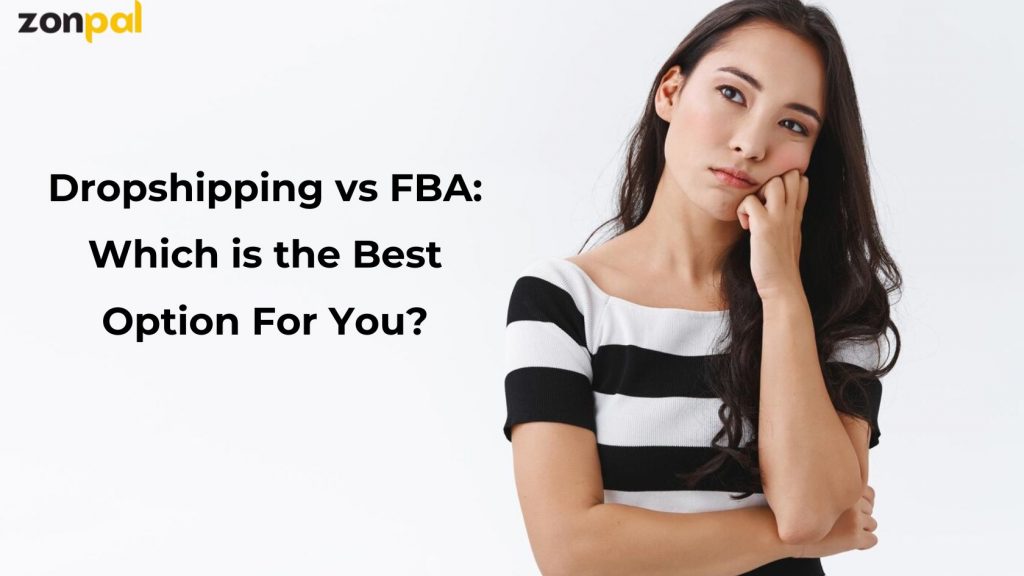
Amazon FBA vs Dropshipping which is better?
So, Amazon FBA vs Dropshipping which is better? Actually, it depends on you!
- New to selling online? Start with Dropshipping to minimize risk and gain experience.
- Already familiar with eCommerce? Choose Amazon FBA for faster fulfillment and easier scaling.
>>> Read more: Amazon FBA Private Label vs Wholesale FBA: Which is better? <<<
FAQs
Does Amazon FBA actually make money?
Yes, many sellers make money with Amazon FBA. According to Jungle Scout (2024), most sellers earn at least $1,000 per month, and 40% make between $1,000 and $25,000 monthly. Some top sellers even earn over $100,000 per month. Profitability depends on choosing the right products and managing costs wisely.
Can I do Dropshipping with Amazon FBA?
No, Amazon FBA and Dropshipping are separate business models. FBA requires sellers to buy inventory in advance and keep it in Amazon’s warehouses. In contrast, Dropshipping does not need inventory. It depends on suppliers to send orders directly to customers.
Is it costly to start Amazon FBA?
Yes, starting an Amazon FBA business requires an initial investment, typically ranging from $2,000 to $5,000. This includes product sourcing, inventory, Amazon fees, and marketing costs. While the upfront cost is higher than Dropshipping, FBA can be profitable with the right product strategy.
How many Amazon FBA sellers succeed?
A large number of Amazon FBA sellers achieve profitability. According to Jungle Scout’s 2024 report, 57% of sellers earn profit margins above 10%, and 28% exceed 20% profit margins. Additionally, 64% of sellers become profitable within their first year.
This means that more than half of FBA sellers see solid returns, and nearly two-thirds recover their initial investment and start making profits within 12 months. However, success depends on factors like choosing the right products, managing inventory efficiently, and using effective marketing strategies.
Should you dropship on Shopify or Amazon?
Shopify gives you full control over branding but requires you to find your customers. Amazon has millions of buyers, but competition is tough, and there are more rules. Choose Shopify if you want control or Amazon if you want built-in traffic.
In conclusion, both Amazon FBA and Dropshipping offer unique advantages, and the best choice depends on your goals, budget, and business strategy. Amazon FBA is ideal for sellers who want fast fulfillment, branding control, and long-term scalability, while Dropshipping suits those looking for a low-cost, flexible entry into e-commerce without holding inventory.
If you’re still unsure which model aligns best with your business vision, our consulting & strategy service can help. We provide tailored guidance to help you navigate product selection, fulfillment strategies, and cost management, ensuring you make a confident and profitable decision.
